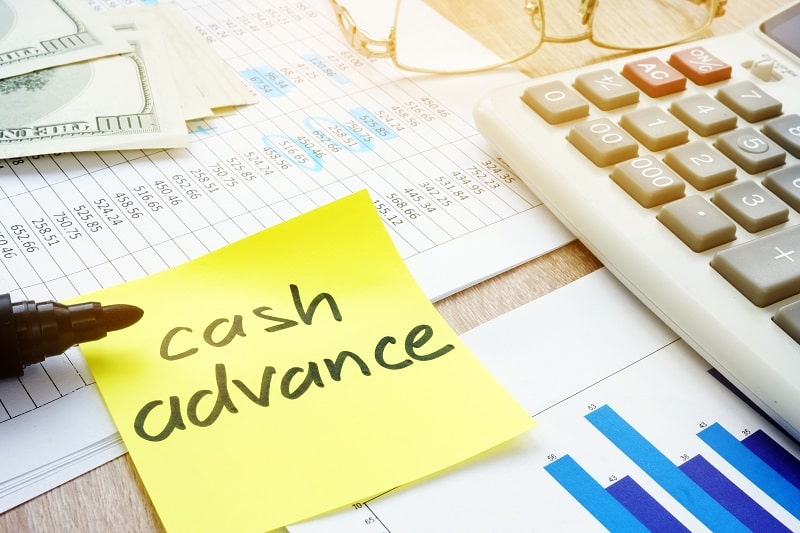If you’re running low on cash in your checking account, you might be tempted to use your credit card to withdraw cash for a quick fix. However, keep in mind that if something seems too good to be true, it just might be. Cash advances fall into this category.
Here, we discuss what cash advances are, and why you may want to think twice before relying on a cash advance to get out of a financial pinch
What is a Cash Advance?
First of all, it’s important to note that a cash advance is not the same as a withdrawal from your bank account. While you can often get a cash advance at an ATM, using your credit card to make the withdrawal, that cash is not yours. You owe it back to your credit card issuer, just as you would any charge on your credit card.
However, there are some distinctions between using your credit card to make a purchase and using it to withdraw cash. You can usually withdraw only up to a certain amount of your credit limit as a cash advance. Credit card companies generally won’t allow you to take out your entire credit line as a cash advance, so if you are interested in taking out a cash advance check the terms of your credit card agreement first to determine how much you’ll be able to take out.
The Drawbacks of Cash Advances
As noted above, there are some differences between using your credit card to take out a cash advance and using it to make purchases. Here are the four key distinctions that make up a cash advance and why you may want to consider alternatives.
- Bank fees: In addition to the fee charged by the credit card issuer, your bank is likely to charge a fee as well. While this fee is also likely to be just a few dollars, it is yet another fee charged every time you take out a cash advance.
- Cash advance fees: Depending on the credit card issuer, you may be charged a fee every time you take out a cash advance. Some issuers charge a flat fee while others charge a percentage of the amount advanced. While these fees are generally pretty small, even small amounts add up over time and if you frequently take out cash advances.
- High interest rate: If you thought your credit card interest rate was high, wait until you see the rate charged on a cash advance. Check your credit card agreement, but it is likely to be much higher than the already high rate charged on outstanding credit card balances.
- No interest rate grace period: Credit cards begin to charge interest at the end of a billing cycle, which means you have about a month to pay the debt back without incurring any interest fees. However, credit card companies generally start charging interest on cash advances immediately. With no grace period, this means that no matter how soon you pay back the cash advance, you will be paying at least some amount towards interest.
What can You do Instead?
A cash advance is essentially a very expensive type of loan that you get from your credit card company. Instead of this option, consider other forms of debt relief. Depending on your situation, a debt relief company can assist you in determining ways to pay off your debt so that you don’t find yourself in the situation where you need to take out a cash advance.
Options such as credit card consolidation, where you consolidate your high-interest rate credit card debt onto one, lower-interest-rate card, can assist in lowering your overall monthly payments and free up cash so that you don’t need to resort to cash advances.


